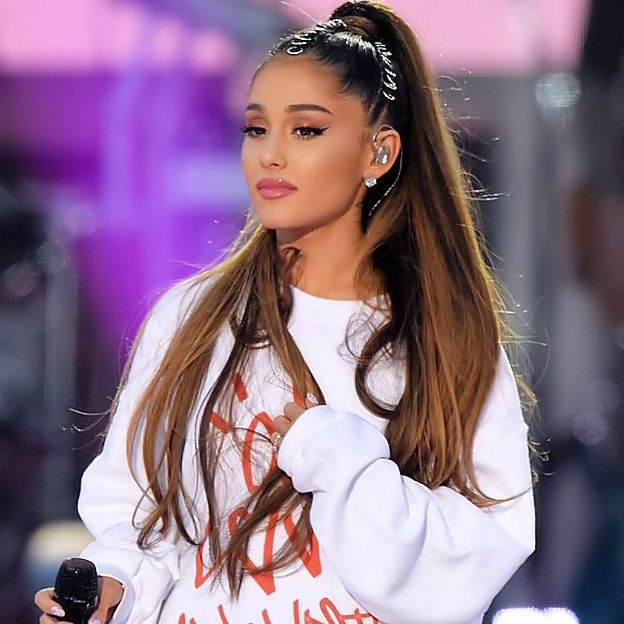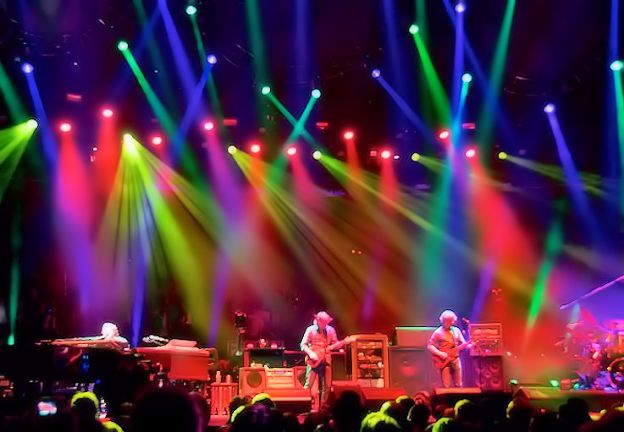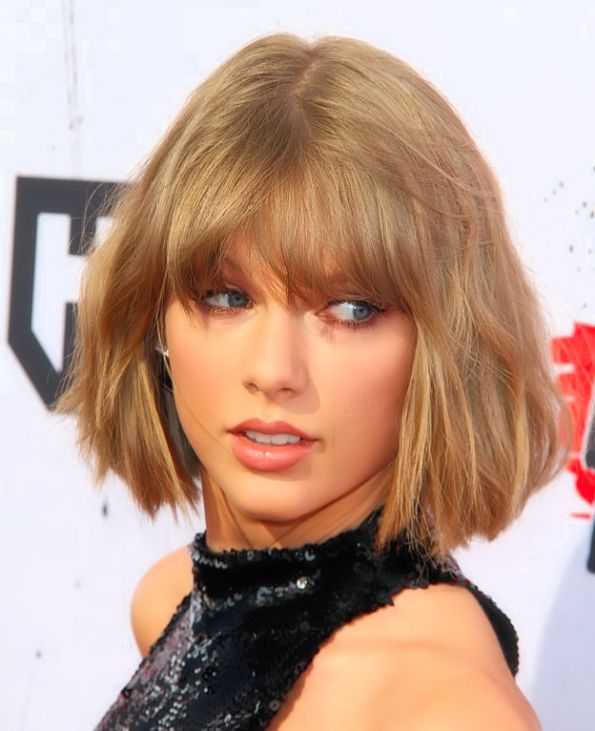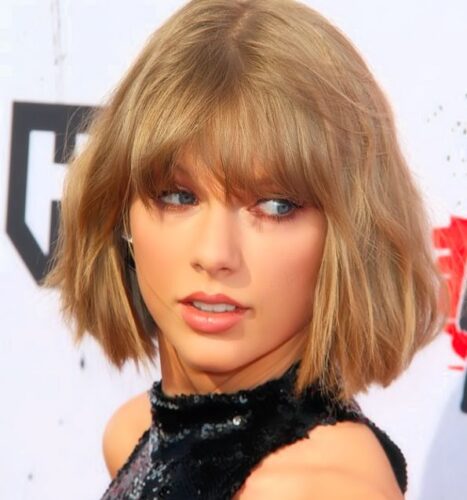
A short history of pop music, from blues, soul, gospel and jazz music, through rock, hip hop, funky and disco to modern commercial, and rap music. And now that is summer time you can visit our page about The most beautiful summer songs from 1960 to 2024, many famous of them in Italian!
Music washes away from the soul the dust of everyday life.
Berthold Auerbach
One good thing about music, when it hits you, you feel no pain.”
Bob Marley
The only truth is music.
Jack Kerouac
Without music, life would be a mistake.
Friedrich Nietzsche
If I had my life to live over again, I would have made a rule to read some poetry and listen to some music at least once every week.
Charles Darwin
Music makes one feel so romantic – at least it always gets on one’s nerves – which is the same thing nowadays.
Oscar Wilde
Without deviation from the norm, progress is not possible.
Frank Zappa
Music… can name the unnameable and communicate the unknowable.
Leonard Bernstein
After silence, that which comes nearest to expressing the inexpressible is music.
Aldous Huxley
Where words leave off, music begins.
Heinrich Heine
To understand where pop music comes from we have to start from Blues. This is a genre and musical form that originated in African-American communities in the “Deep South” of the United States around the end of the 19th century. The genre developed from a fusion of traditional African music and European folk music, that incorporated spirituals, work songs, field hollers, shouts and chants, and rhymed simple narrative ballads.

The blues form, ubiquitous in jazz, rhythm and blues and rock and roll, is characterized by the call-and-response pattern, the blues scale and specific chord progressions, of which the twelve-bar blues is the most common. The blue notes (or “worried notes”) which are often thirds or fifths which are flatter in pitch than in other music styles, are also an important part of the sound. Blues shuffles or walking bass reinforce the trance-like rhythm and form a repetitive effect called a groove.
The origins of the blues are also closely related to the religious music of the Afro-American community, the spirituals. The first appearance of the blues is often dated to after emancipation of slavery and, later, the development of juke joints. It is associated with the newly acquired freedom of the former slaves. Chroniclers began to report about blues music at the dawn of the 20th century.
The first publication of blues sheet music was in 1908. Blues has since evolved from unaccompanied vocal music and oral traditions of slaves into a wide variety of styles and subgenres. Blues subgenres include country blues, such as Delta and Piedmont, as well as urban blues styles such as Chicago and West Coast blues. World War II marked the transition from acoustic to electric blues and the progressive opening of blues music to a wider audience, especially white listeners. In the 1960s and 1970s, a hybrid form called blues rock evolved.
Now we can pass to soul music. This is also a genre of African American popular music that led to many later genres, from funk and dance music to hip hop and contemporary R&B. It developed in the USA in the late 1950s from African American church music called “gospel music”. After slavery ended in 1865, African Americans weren’t welcome in the churches of white Americans, so they built their own churches and sang Christian songs with African-American vocal styles and rhythms. They sang joyful, up-tempo gospel songs while clapping and moving to the beat, and they sang slower gospel songs that expressed deep feelings like yearning for God’s love. These different styles led to the two main styles of soul music.
The first soul songs were created when gospel songs were changed into secular songs by rewriting the lyrics. Joyful, up-tempo gospel songs became up-tempo soul songs, while slower gospel songs became romantic love songs. An example of the up-tempo style is R&B artist Ray Charles’ 1954 song I’ve Got a Woman (Way Across Town), a secular version of the old gospel song I’ve Got a Savior (Way Across Jordan). Another example is Ray’s first crossover hit What’d I Say in which he uses a gospel-music call and response to exchange sexy “oohs” and “aahs” with the Raelettes, his female backing singers. An example of the slower style is former gospel singer James Brown’s 1956 song Please, Please, Please in which he changed a gospel song about yearning for God’s love into a song about yearning for a girl’s love.
In 1930s in Europe swing became popular. Benny Goodman and his Orchestra were the ‘King of the Swing’, as were Glenn Miller and Artie Shaw. The music was fast and frantically paced and led to dances being banned from dance halls, as the young women being flung into the air by their partners showed their stocking tops and underwear. Jazz continued to be popular. In 1940s, in Europe the Second World War brought fast, frantic (and often American) dance music – boogie-woogie or jitterbug.
Dances were held in church halls, village halls, clubs, Air Force bases – everywhere! But slower, romantic songs were also popular as loved ones went away to fight, such as Vera Lynn’s ‘We’ll Meet Again’ and the song about coming home again, ‘The ‘White Cliffs of Dover’. After the war ‘skiffle’ bands became popular. These bands used household items, such as washboards and tea chests, as part of their set of instruments! Tommy Steele, who later became very famous, first played in a skiffle band.
Obviously we couldn’t imagine pop music without Soul-Jazz, which was the most popular jazz style of the 1960s. It differs from bebop and hard bop (from which it originally developed) in that the emphasis is on the rhythmic groove. Although soloists follow the chords as in bop, the basslines (often played by an organist if not a string bassist) dance rather than stick strictly to a four-to-the bar walking pattern.
The musicians build their accompaniment around the bassline and, although there are often strong melodies, it is the catchiness of the groove and the amount of heat generated by the soloists that determine whether the performance is successful. Soul-jazz’s roots trace back to pianist Horace Silver, whose funky style infused bop with the influence of church and gospel music, along with the blues.
Other pianists who followed and used similar approaches were Bobby Timmons, Junior Mance, Les McCann, Gene Harris, and Ramsey Lewis. With the emergence of organist Jimmy Smith in 1956, soul-jazz organ combos (usually also including a tenor, guitarist, drummer, and an occasional bassist) caught on, and soulful players became stars.

And now we can finally talk of ‘Pop’ that is the short term for popular music. There are different styles of pop music, but they all appeal to the general public. But when did ‘modern’ pop music begin? There were two significant moments. First of all Leo Fender invented the electric guitar in 1950. Then, in 1954, Sony introduced the transistor radio and after that, music was accessible to people in their homes and cars. In 1954 Elvis Presley released That’s All Right. He fused country music with black rhythm and blues to create rock and roll. At that time this was an innovation, and Elvis, who was young, attractive and exciting, became the first teen idol and made pop music a youth culture. Rock and Roll was born and it became soon very popular.
The 1960s was the decade of The Beatles, who dominated pop music from 1961 to 1970 with a new folk-rock sound. The Beatles were the first band to play in a stadium: Shea Stadium in New York in 1965. In June 1969 they had their seventeenth number one hit – two more than Elvis. The 60s also saw the first outdoor music festivals and popular music began to have a social and political message, for example, Bob Dylan.
This was also the beginning of Motown and soul music with artists like Ray Charles, The Supremes and Marvin Gaye. The Beatles began their career. They leapt to fame in 1963 with ‘Please, Please Me’.
The Beatles moved through the late 1960s as favourites of the ‘flower power’ generation – many young people enjoyed ‘hippie’ music. Other teenagers preferred the music of the ‘Mods’ – ska music and The Who.
Next came the 1970s and several new genres of music appeared, like reggae (Bob Marley), glam rock (David Bowie), punk (the Sex Pistols) and heavy metal (Iron Maiden). When the Bee Gees recorded Saturday Night Fever, a new global dance phenomenon was born: disco. Michael Jackson’s Thriller video started the trend for using video as promotion and during the 1980s the influence of MTV meant that the video became as important as the song itself. Madonna exploded onto the scene, and with her ability to adapt to every trend, is now a pop icon.
In England the first big new sound of the 1970s was “Glam Rock”, the main figures of this were David Bowie, Elton John and of course Gary Glitter. In the bleak political backdrop, these larger that life British bands and characters brought a welcome relief with their platform boots, sequins, nail varnish and colourful hair. This period also saw the spring of the punk movement of the late 1970s. Great British bands of this scene were The Sex Pistols and The Clash. The Punk style was Mohicans, bondage clothes, safety pins, piercings and bovver boots.
The 80s was the era of indie music from bands like The Smiths, The Cure and New Order. This decade also saw the first ‘raves’ when disco transformed into high energy dance music. The 1980s saw also the rise of hip hop and rap music, with American influences powerful once again in the form of such groups as Run DMC and Grandmaster Flash and the Furious Five. It also saw the rise and fall of the ‘New Romantics’, typified by groups like Adam and the Ants, who dressed as pirates and highway men and wore huge amounts of makeup.
From the late 80s, through the 1990s and into the first part of the 21st century, other musical styles appeared. Grunge (Nirvana), RnB (Beyoncé), rap and hip hop (Eminem, Ice-T, 2Pac, Black Eyed Peas), new rock (The White Stripes) showed that pop music is always evolving. The 90s onwards was also the era of boy bands and girl bands such as Take That and The Spice Girls. Britpop, this was the general name given in the 1990s to a new wave of successful British bands who made a big impact in the United States and Europe, as well as in England. The most successful have been Radiohead, Oasis, Blur, Pulp, Massive Attack and The Spice Girls.
Today pop is a global industry. CDs replaced records a long time ago and nowadays, downloading from websites is marking the end of these traditional music formats. It is now the age of digital music. In 2006 Gnarls Barkley with his song Crazy became the first artist to reach number 1 in the UK charts based only on download sales. In Europe, Britain is certainly more famous for pop music than it is for classical composers or jazz musicians. Names such as The Beatles, the Rolling Stones, Led Zeppelin, Pink Floyd, Elton John, George Michael and The Spice Girls are known world wide but little do people know of our other musicians not in the pop world. In Britain, most youths listen to punk, garage, house, rock, pop and R&B. (such as McFly, JLo, Xtina, Beyonce, Pink, Britney, Justin Timberlake, Mis-teeq).
Nowadays the internet has also revolutionized the way music is being consumed. Including all video and music streaming, internet-based music consumption was the primary choice for 64% of respondents to a recent survey. That’s not even accounting for livestreams or music purchased through the internet. This internet-heavy metric is being reflected on the business side as well, with 75% of the music industry’s revenues in the U.S. coming from streaming. However, for artists, streaming revenue is usually the third-biggest earner after live performances and sales. But utilizing streaming to its fullest potential keeps modern artists in the loop. For example, Beyoncé was one of the first artists to utilize streaming platforms to release an album completely unannounced in 2013, a marketing move that has been replicated many times since.
Data is from 2022 and is sourced from a survey of over 44,000 people from 22 countries by IFPI that asked people their primary mode for consuming music, so it highlights global music consumption habits. As of 2022, paid subscription services (i.e. Apple Music, Spotify) are the most preferred option for listeners, accounting for nearly one-fourth of main platform share. 1) Paid Audio Streaming 24% Spotify, Apple Music; 2) Video Streaming 19% YouTube; 3) Radio 17%; 4) Purchased Music 10% Vinyls, CDs, purchased digital albums; 5) Ad-Supported Audio Streaming 8% Amazon, Deezer; 6) Short-form Videos 8% TikTok; 7) Social Media Videos 5% Facebook, Instagram; 8) Live Music 4% concerts, livestreams; 9) Other 6% music on TV, phone-to-phone transfers.
And now to conclude this article I would spend a few words on Lounge music that is a type of easy listening music, popular in the 1950s and 1960s. It may be meant to evoke in the listeners the feeling of being in a place, usually with a tranquil theme, such as a jungle, an island paradise or outer space. The range of lounge music encompasses beautiful music–influenced instrumentals, modern electronica (with chillout, and downtempo influences), while remaining thematically focused on its retro-space age cultural elements. The earliest type of lounge music appeared during the 1920s and 1930s, and was known as light music.
Lounge music often incorporates smooth, relaxed instrumentation which can also be found in pop music, especially in more mellow or soft pop tracks. The use of electronic elements, synthesizers, and smooth vocals is common in both genres. Many artists create music that can be classified under both lounge and pop genres. These artists often blend elements from both styles to create a unique sound.
Both genres aim to create a specific mood or atmosphere. Lounge music is typically designed to be soothing and relaxing, which can be a characteristic of some pop music as well, especially ballads and softer tracks. Lounge music, particularly in its more modern forms, often aims to have broad appeal, similar to pop music. This includes catchy melodies, accessible arrangements, and production that appeals to a wide audience.
Pop songs are frequently remixed into lounge versions, and lounge tracks can be covered or adapted into pop formats. This interchangeability highlights the fluid boundaries between the two genres. Both genres are frequently used as background music in various settings, such as cafes, bars, and stores, where creating a pleasant atmosphere is key.
Lounge music, particularly from the mid-20th century, has influenced the development of pop music. The lush orchestrations and smooth styles of early lounge music have found their way into the arrangements and production techniques of modern pop music. Genres like chillwave, downtempo, and nu jazz often blend elements of lounge and pop, creating music that is both relaxing and catchy.
Music expresses that which cannot be put into words and that which cannot remain silent.
Victor Hugo
Music is a moral law. It gives soul to the universe, wings to the mind, flight to the imagination, and charm and gaiety to life and to everything.
Plato
If music be the food of love, play on.
William Shakespeare
There are two means of refuge from the misery of life – music and cats.
Albert Schweitzer
The only truth is music.
Jack Kerouac
Everything in the universe has a rhythm, everything dances.
Maya Angelou
You can also visit these other pages:

Drive around cities while listening to their local radios Listen to local radio stations while driving through the cities around the world. Drive & Listen.




